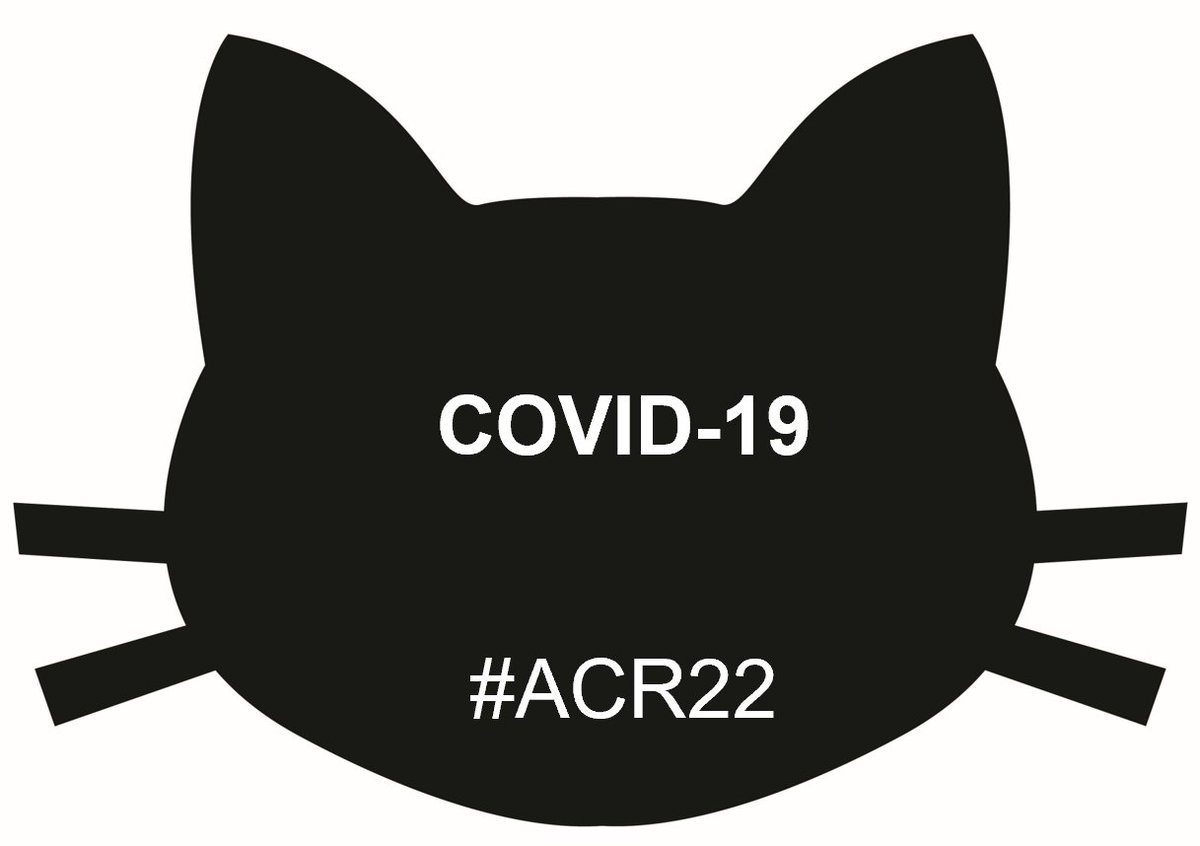
@SattuiSEMD 🌟Abs 2191 Choi, et al
Korean health insurance data with mother/child linkage
❓Research Q: What the risk of several outcomes in children born to mothers with SLE?
🤰Mothers: prevalent or incident SLE at delivery
👶Outcomes in children
#ACR22
Korean health insurance data with mother/child linkage
❓Research Q: What the risk of several outcomes in children born to mothers with SLE?
🤰Mothers: prevalent or incident SLE at delivery
👶Outcomes in children
#ACR22
@SattuiSEMD Abs 2191 cont'd
Risk in children:
>SLE HR 98 (!)
>other autoimmune disease HR 1.26
>neurodevelopmental disorders HR 1.35
🤔The HR of 98 suggests an issue with small cells (few events)
#ACR22
Risk in children:
>SLE HR 98 (!)
>other autoimmune disease HR 1.26
>neurodevelopmental disorders HR 1.35
🤔The HR of 98 suggests an issue with small cells (few events)
#ACR22
@SattuiSEMD 🌟Abs 2192 Flatman, et al
Marketscan
RA, SpA, IBD on TNFi
❓Research Q: Is there a difference in infx risk *for offspring* 👶comparing TNFi with high vs low placental xfer?
💉low placental xfer: etanercept, certolizumab
#ACR22
Marketscan
RA, SpA, IBD on TNFi
❓Research Q: Is there a difference in infx risk *for offspring* 👶comparing TNFi with high vs low placental xfer?
💉low placental xfer: etanercept, certolizumab
#ACR22
@SattuiSEMD Abs 2192 cont'd
There was no difference in serious infx btw TNFi types
🤔Is this enough to infer safety (w/r/t serious infx requiring hospitalization) for TNFi as a group and not just certolizumab?
#ACR22
There was no difference in serious infx btw TNFi types
🤔Is this enough to infer safety (w/r/t serious infx requiring hospitalization) for TNFi as a group and not just certolizumab?
#ACR22
@SattuiSEMD 🌟Abs 2193 Galmiche, et al.
French database 2012-2018
n=552 with autoimmune disease + invasive fungal dz
42% PJP
30% fungemia
15% aspergillosis
90-day mortality 35%
#ACR22
French database 2012-2018
n=552 with autoimmune disease + invasive fungal dz
42% PJP
30% fungemia
15% aspergillosis
90-day mortality 35%
#ACR22
@SattuiSEMD Abs 2193 cont'd
In a cluster analysis, 3 clusters identified
🤔To me the interesting one is cluster 2: RA, less steroid use, infx long after dx
What kind of clinical phenotype does this cluster reflect?
#ACR22
In a cluster analysis, 3 clusters identified
🤔To me the interesting one is cluster 2: RA, less steroid use, infx long after dx
What kind of clinical phenotype does this cluster reflect?
#ACR22
@SattuiSEMD 🌟Abs 2194 Nakafero, et al.
❓Research Q: Do COVID vaccinations cause rheumatic disease flares?
This has been a hot topic since the last #ACR21
Can't infer causality with registry data, only offer descriptives
#ACR22
❓Research Q: Do COVID vaccinations cause rheumatic disease flares?
This has been a hot topic since the last #ACR21
Can't infer causality with registry data, only offer descriptives
#ACR22
@SattuiSEMD Abs 2194 cont'd
In UK CPRD they used a self controlled case series design
AIRD flare defined with need for medical visit + GC Rx
#ACR22
In UK CPRD they used a self controlled case series design
AIRD flare defined with need for medical visit + GC Rx
#ACR22
@SattuiSEMD Abs 2194 cont'd
👉They found no association of COVID vaccine & flare
📌Publication here: pubmed.ncbi.nlm.nih.gov/36048896/
#ACR22
👉They found no association of COVID vaccine & flare
📌Publication here: pubmed.ncbi.nlm.nih.gov/36048896/
#ACR22
@SattuiSEMD Detour!
Why use a self-controlled design?
🔹deal with between-person confounding (exposed & unexposed may differ w/r/t characteristics that are related to the outcome)
🔹can examine risk of an ACUTE outcome following a point exposure with a transient effect
#ACR22
Why use a self-controlled design?
🔹deal with between-person confounding (exposed & unexposed may differ w/r/t characteristics that are related to the outcome)
🔹can examine risk of an ACUTE outcome following a point exposure with a transient effect
#ACR22
@SattuiSEMD Self controlled case series
🔹includes only cases
🔹observation period duration determined a priori
🔹obtain info on exposures
🔹determine a risk interval following the exposure that makes sense
🔹remainder of observation period: control interval
#ACR22
🔹includes only cases
🔹observation period duration determined a priori
🔹obtain info on exposures
🔹determine a risk interval following the exposure that makes sense
🔹remainder of observation period: control interval
#ACR22
@SattuiSEMD Self controlled case series, cont'd
🔹sort of analogous to a cohort design
🔹Incidence of outcome in risk interval relative to that in control interval within the same person is determined
#ACR22
🔹sort of analogous to a cohort design
🔹Incidence of outcome in risk interval relative to that in control interval within the same person is determined
#ACR22
@SattuiSEMD Caveats for SCCS?
🔹time dependent confounding (confounders that change over time)
🔹reverse causation
🔹misclassification of time periods (wrong length, wrong timing)
#ACR22
🔹time dependent confounding (confounders that change over time)
🔹reverse causation
🔹misclassification of time periods (wrong length, wrong timing)
#ACR22
@SattuiSEMD 🌟Abs 2195 Fagni, et al
casirivimab and imdevimab for PrEP
n=26 IMID, inadequate response to 3 doses 💉
serum, saliva tested for Abs at d1, d3
PrEP led to stable Ab levels
Dates not given but I guess pre omicron?
#ACR22
casirivimab and imdevimab for PrEP
n=26 IMID, inadequate response to 3 doses 💉
serum, saliva tested for Abs at d1, d3
PrEP led to stable Ab levels
Dates not given but I guess pre omicron?
#ACR22
@SattuiSEMD 🌟Abs 2196 Mease, et al
#ACR22
https://twitter.com/rheum_cat/status/1532641977249972230?s=20&t=DkueH3g0waxR0ww9C12G1w
#ACR22
• • •
Missing some Tweet in this thread? You can try to
force a refresh













